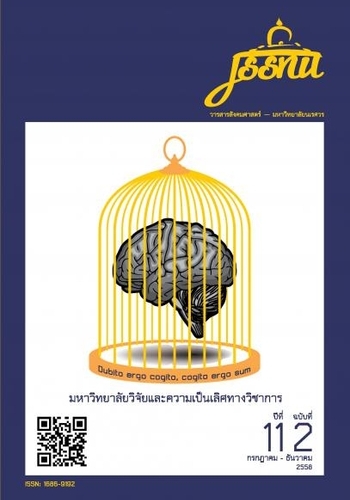The Role of Ultra-Buddhist Nationalism and the Conflicts between Buddhists in Rakhine State and Muslim Rohingyas
Main Article Content
Abstract
This article aims at studying and analyzing the role of ultra-Buddhist Nationalism towards the ethnic conflicts in Rakhine State which escalated into the religious disputes in 2012. The situation caused demonstrations and riots between Buddhists in Rakhine State and Muslim Rohingyas. The condition was different from the contemporary history of public sector in Myanmar, especially when compared it to the clashes between civilians and military government both in 1988 and 2007. In this case, however, the group of monks led by U Wirathu and 969 Movement became the main representatives of ultra-Buddhist nationalist ideology who opposed groups of Muslim in Myanmar. As a result, Muslim Rohingyas as well as other Muslims were put in danger. They were targeted in attacking, rioting, killing and burning residences by Buddhists in Rakhine State. This kind of movement could be performed accordingly between military and religion. As the attempts in making riots between religions paved the way for military to stand out and present their roles. Thus, people could see the role in maintaining peace of military during the time of democratic transition. The arguments in natural resource conflict between Myanmar government and Rohingyas in Rakhine State were as well products of the movement. In addition, apart from spreading all over Myanmar, the conflict created insecurity to neighbouring countries as well as regional stages. Religious conflicts throughout the region and the irregular migration in the Indian Ocean were also parts of the consequences.


